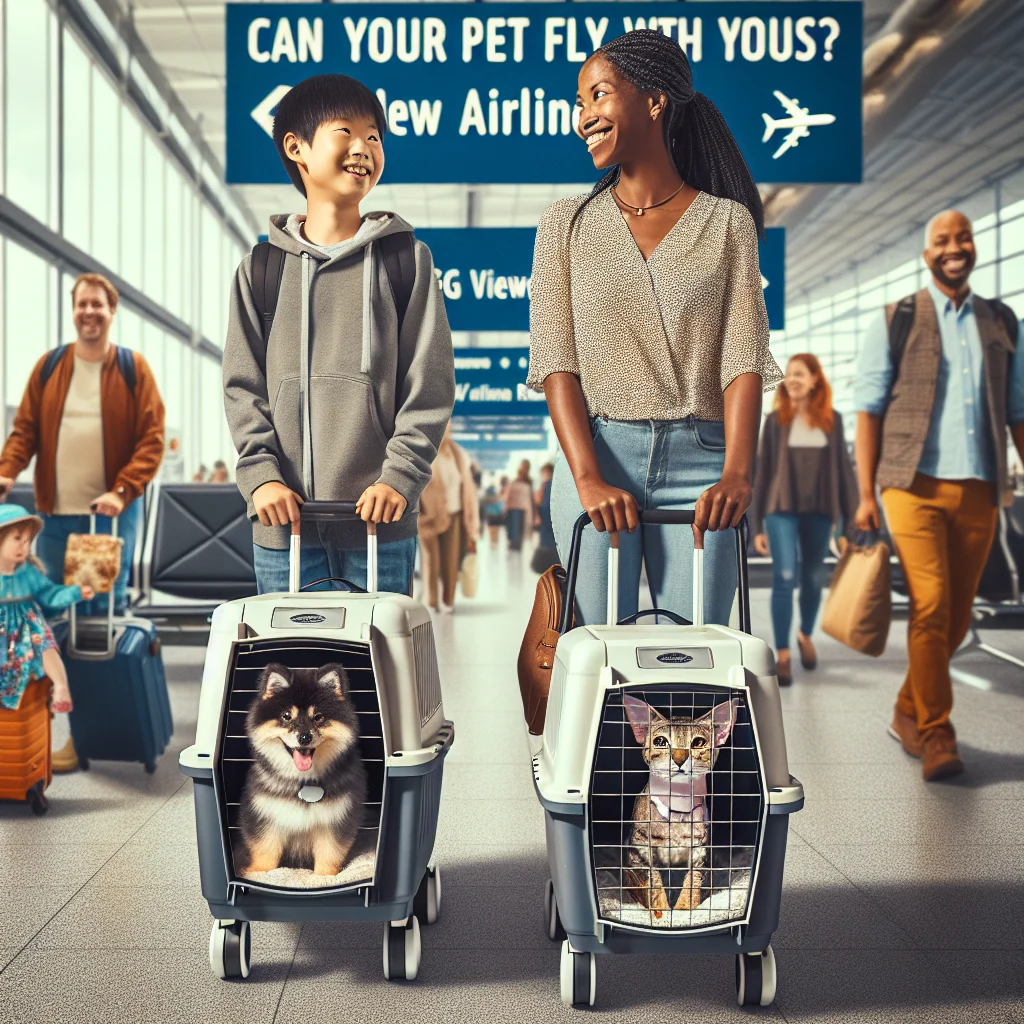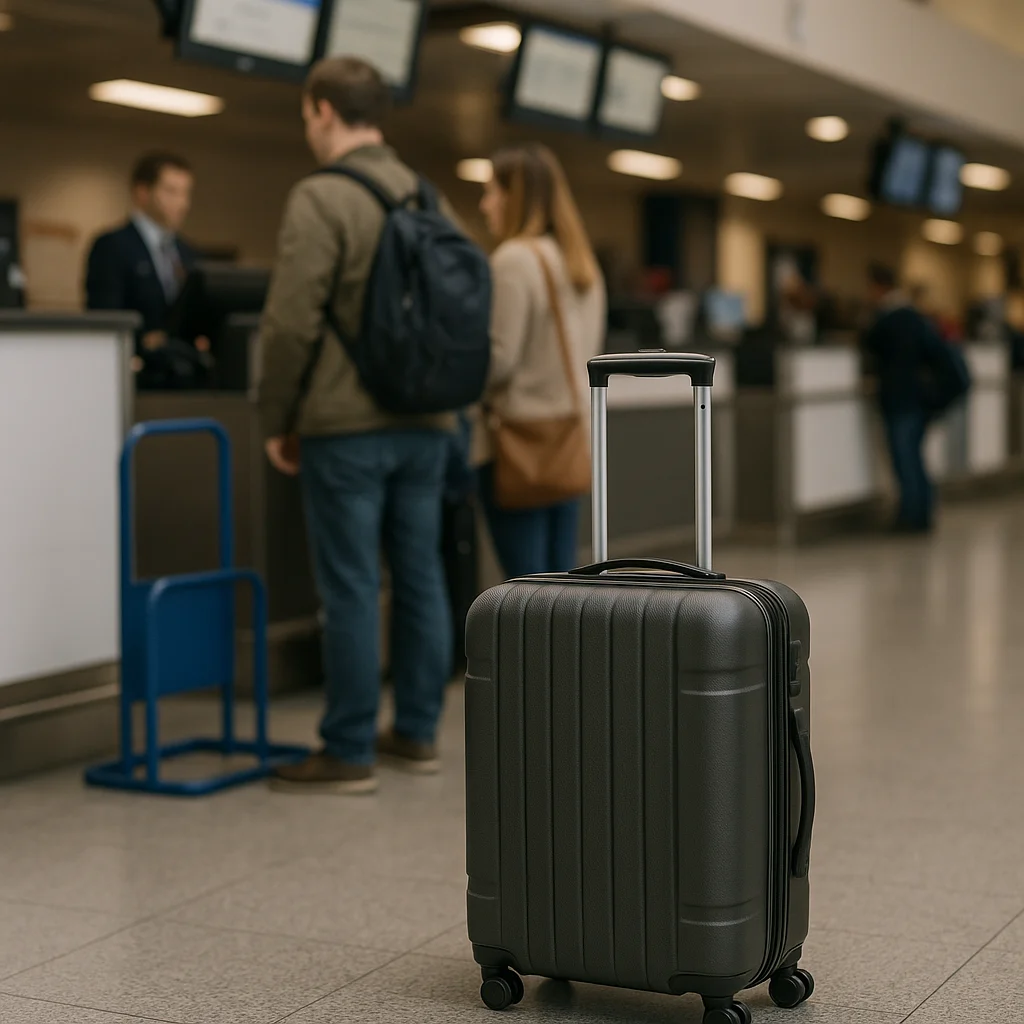Changing Landscape of Pet Travel in 2025
Flying with pets has long been a topic of concern and confusion for travelers. As we move into 2025, new airline rules are reshaping how pet owners plan their journeys. These changes aim to improve safety, comfort, and clarity while navigating the complex regulations of pet travel. Whether you’re a seasoned animal traveler or planning your first trip with a furry friend, understanding these updates is essential to ensure a smooth experience.
The debate over cabin versus cargo travel for pets, documentation requirements, and airline-specific policies has never been more dynamic. Let’s explore how these new rules affect pet travel and what steps you can take to comply and care for your companion during the flight.
New Airline Pet Travel Policies at a Glance
Many airlines have revised their pet travel policies for 2025, reflecting increased attention to animal welfare and security concerns. Here are some of the key shifts:
Restrictions on In-Cabin Pet Travel
Some airlines have reduced the number of pets allowed in the cabin per flight to minimize stress and ensure safety. For example:
– Maximum weight limits for in-cabin pets are becoming stricter, often capped around 8-10 kg including the carrier.
– Certain breeds, particularly brachycephalic (short-nosed) dogs and cats, face stricter rules or are banned from in-cabin travel due to respiratory risks.
– The dimensions of carriers must comply with tighter airline specifications, requiring pet owners to invest in approved containers.
Expanded Rules for Cargo and Checked Baggage
Due to previous incidents involving pets in cargo, airlines are mandating enhanced safety measures:
– Airlines require pet crates to meet International Air Transport Association (IATA) Live Animal Regulations, focusing on ventilation, size, and security.
– Temperature and pressure controls in cargo areas must be monitored and maintained to protect animals.
– Documentation proving the animal’s health and fitness to fly is compulsory, especially for longer routes.
Documentation and Health Requirements for Pet Travel
One of the biggest hurdles in pet travel is ensuring all paperwork and health clearances are in order. New rules emphasize stricter documentation to prevent delays and guarantee animal well-being.
Health Certificates and Vaccinations
– Airlines now often require a recent veterinary health certificate, usually dated within 10 days before departure.
– Mandatory vaccinations vary by destination but generally include rabies and other core immunizations.
– Some countries and airlines are adopting electronic health records to streamline the verification process.
Microchipping and Identification
– Microchips complying with ISO standards are increasingly required for pet identification.
– Proper labeling on carriers with owner contact details and pet information is a must.
– International flights may demand additional passports or identification cards for pets.
Pet Travel Tips for 2025—Planning and Preparation
Navigating the complexities of pet travel is easier with thorough preparation. Here are expert-backed tips to get ready under the new airline rules:
Booking Your Pet’s Travel Early
– Airlines limit the number of pets per flight, so booking well in advance is crucial.
– Confirm pet policies directly with the airline as policies may change without notice.
– Consider direct flights to reduce stress and the risk of mishandling during connections.
Choosing the Right Carrier and Comfort Aids
– Invest in airline-approved carriers that comply with size and ventilation requirements.
– Include familiar bedding or toys to ease your pet’s anxiety.
– Avoid overfeeding before the flight to prevent discomfort; always ensure access to water.
Breed and Species-Specific Considerations
Certain pets require special attention under the new rules, reflecting health risks or regulatory restrictions.
Brachycephalic Breeds
– Due to breathing issues, many airlines restrict or prohibit flying with these breeds, particularly in cargo.
– It’s essential to consult with your vet and verify airline policies well before booking.
Non-Domestic and Exotic Pets
– Traveling with birds, reptiles, or exotic pets involves additional permits and stricter quarantine rules.
– Some airlines may not allow exotic pets at all, so research alternatives such as specialized cargo handlers.
International Travel and Customs Regulations for Pets
International pet travel is subject to additional layers of complexity that have intensified in 2025.
Country-Specific Entry Requirements
– Check the destination country’s import rules, quarantine mandates, and veterinary protocols.
– Many countries require a pet passport or official veterinary documents.
– Be prepared for possible quarantine periods, which can affect your travel plans significantly.
Working with Professional Pet Travel Services
– Specialized pet travel agencies and couriers are becoming invaluable for complex international journeys.
– They assist with documentation, customs clearance, and ensure compliance with airline and destination policies.
– Consider hiring these services especially for long-haul flights or if traveling with multiple pets.
Looking Ahead: Trends and Innovations in Pet Travel
The airline industry recognizes the growing demand for seamless pet travel and is investing in innovations to meet customer needs.
– Development of pet-friendly aircraft cabins with improved ventilation and dedicated pet areas.
– Use of advanced tracking technologies to monitor pets’ location and condition in real time.
– Integration of digital health passports to ease documentation challenges and enable faster processing.
These trends signal a future where pet travel is safer, more transparent, and less stressful for both animals and their owners.
Flying with your pet in 2025 demands more thorough planning and understanding of updated airline policies. By staying informed about new rules, preparing the proper documentation, and choosing appropriate carriers, you can ensure your pet’s safety and comfort throughout the journey. Always consult with your airline and veterinarian early in the planning phase and consider professional assistance for complex itineraries. Ready to take off with your furry companion? Visit khmuhtadin.com to get expert advice and support for your next pet travel adventure.




